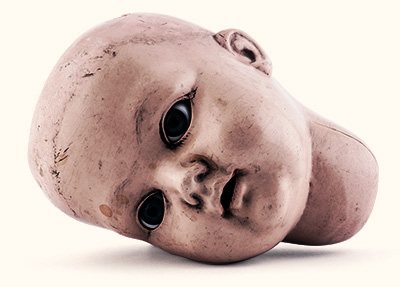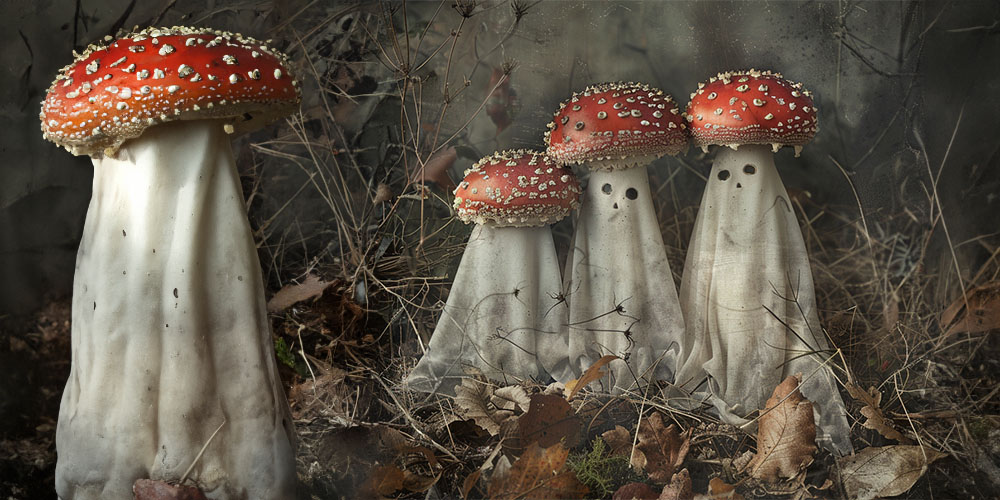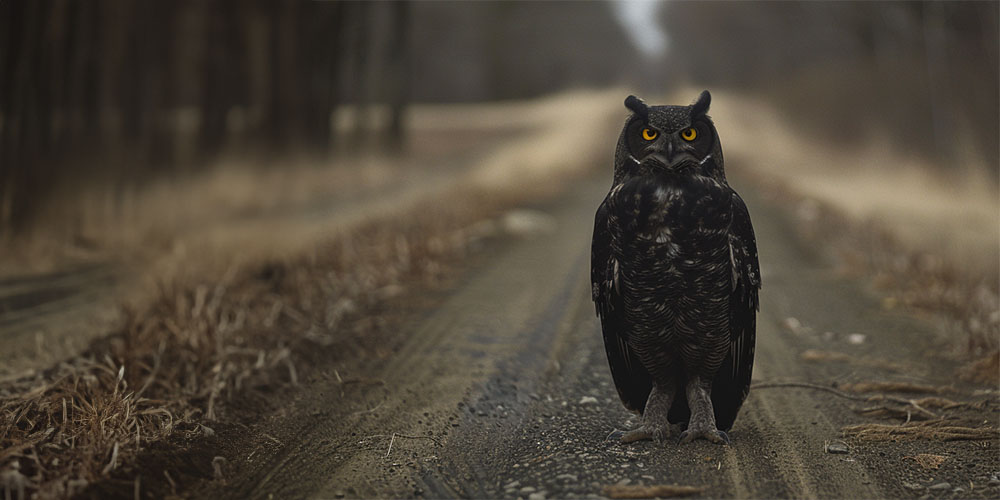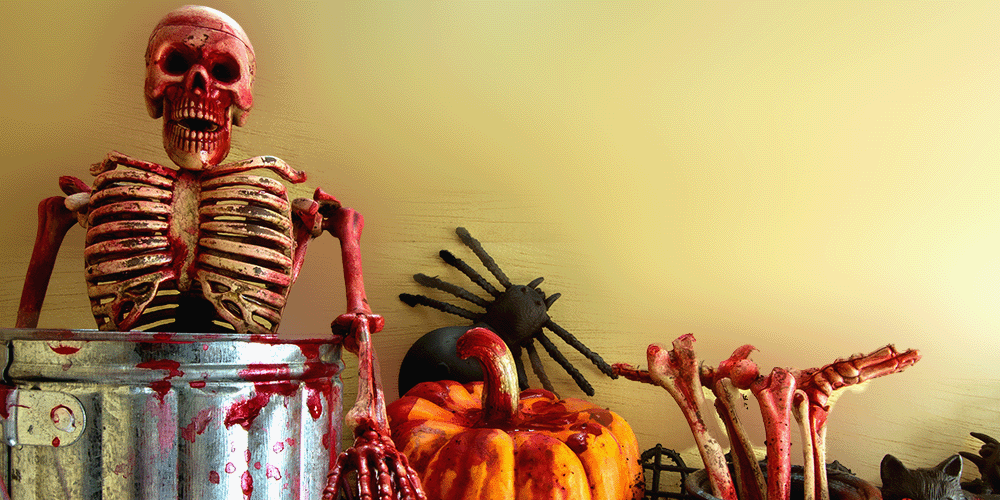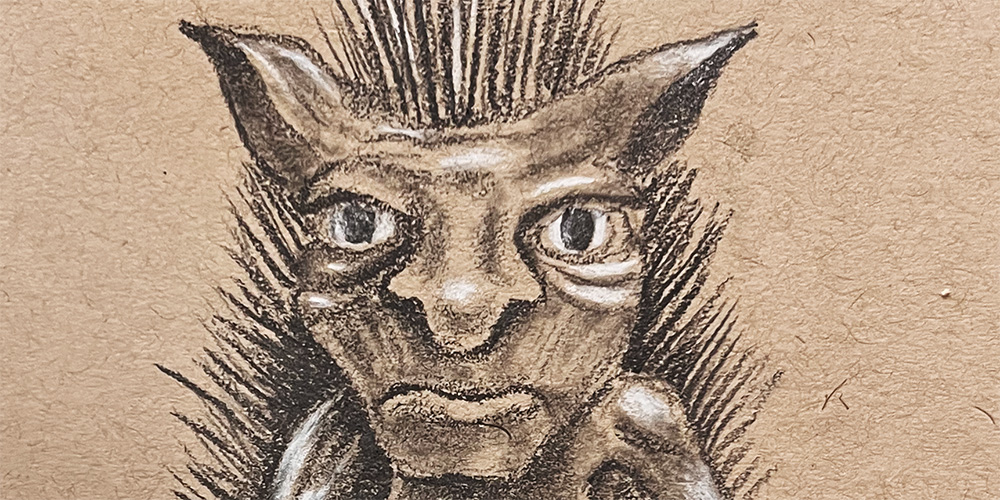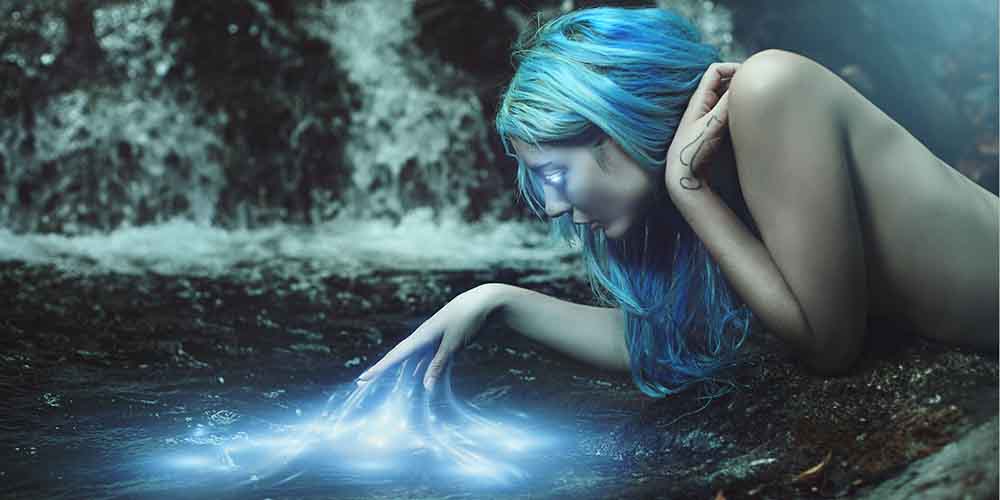Of all the ghost stories we hear, why is it that we so rarely hear about encounters with a succubus?
I mean, where was the Scooby-Doo episode where Shaggy and the gang were trying to solve a succubus mystery? Where was the payoff at the end where the gang rips the mask off a villainous townie who posed as a succubus seducing the locals? Where was the “…and I would have gotten away with it if it wasn’t for you meddling kids.”
Full disclosure: that episode resided—in heavy rotation—in my pubescent dreams. And to be honest, the fantasy still lingers like an ever-smoldering ember, owing heavily to my early fascination with the succubus.
The more common Scoob fantasy at that time can be best represented by the debate over who was hotter between Velma and Daphne, or between Shaggy and Fred. It is still hotly discussed in some circles to this day.
But I digress—back to the succubus. Now, when you mention the succubus, you must certainly bring the incubus into the discussion. At this point a defining of terms seems appropriate.
Succubus vs. Incubus
Succubus-
The contemporary version of the succubus—a sexy, stunning, cunning, scantily-clad seductress with only bat-wings, horns, talons, and/or tails giving clue to their demonic pedigree—has little in common with the succubus of the past.
To quote Prof. Geller’s article found on Mythology.net, “From the dawn of their legend well through the medieval ages, Succubi were considered hideous, deformed creatures. They were somewhat smaller than average people, and they stooped and crawled instead of walking upright. Their feet were like raptors, their faces like gargoyles, and their fingers tipped in ragged claws.
The modern succubus differs from the succubus of past in motive as well. The contemporary version being a charismatic beauty who, although you wouldn’t want to be on the wrong side of, “ultimately takes pride in her ability to please and manipulate men” (Geller).
As an adolescent what could be more perfect than being visited by a succubus?
“The ancestors of today’s Succubi, on the other hand, had personalities as nasty as their looks. They were sneaky, controlling, and malicious. Despite being sex-crazed, they had no interest in pleasing men. Instead, they used sex for their own purposes—to please themselves, to corrupt the pious, to gain life force, or even to have children!” (Geller)
Incubus-
To simplify, the incubus is the male version of a succubus. For purposes of this article, I will use the term succubus to refer to both for reasons of simplification as well as other reasons forthcoming.
Now let’s address my early fascination with the succubus. Think of it, as an adolescent what could be more perfect than being visited by a succubus? During this stage of human development, you’re being awoken to sexual desires and urges that can be confusing, shameful, and even scary—especially in our Puritan-based culture that offers little in the way of support or education on such matters.
Enter the succubus.
Imagine your own clandestine guide to show you the ropes, the ins-and-outs, all without judgement, guilt or any chance of becoming fodder for the bullies and beasts of the middle school years.
The above-mentioned sentiment can best be encapsulated by an old-time ditty (by underrated singer-songwriter Alan O’Day) that I came across in my research. Give it a listen:
“Undercover Angel” or Demon? Why not both?
As referenced in a past article (Why do ghosts hang out in corners?), there seems to be a propensity to make broad-sweeping generalizations about supernatural entities. And just as it is dangerous to do so with the living, so too it is to do so with the undead.
They have always been non-binary, they have always been gender fluid, taking whatever form best suits their needs.
I mentioned earlier that there were other reasons for referring to both succubi and incubi as succubus, and the reason can be found in my theory of what succubi are:
In the same manner that humankind has evolved since the Middle Ages, so too have the succubi. But even in accepting their evolution, I believe that since their inception the succubi/incubi have never been as binary as depicted. They have always been non-binary, they have always been gender fluid, taking whatever form best suits their needs.
Regarding “whatever form suits their needs,” there exists a double-sided scenario of good and bad, depending on the succubi. Just as in the realm of the living, there are “good” succubi and there are “bad” succubi. This is an oversimplification, but a necessary one to keep in mind.
There are succubi who are the hideous, demonic soul suckers of old with little regard for the humans they exploit. I can imagine these spirits genderswapping mid-encounter and even engaging in what I have coined ghost rape. Some are simply addicts that have a gluttonous thirst for Oxytocin. Some are spirits that, though they’ve left their shell behind, still like to get a little “freaky-deaky” with the living—basically supernatural nymphos. And, most likely, a mixed bag of innumerable variations exists as well. So be careful in wishing for a succubus as, like a box of chocolates, you never know what you’ll get and what you get may be more of a nightmare than the fantasy you imagine.
In summary, the ghost stories about the succubus do exist, but they simply have not been told for reasons listed below:
- Victims of succubi sexual misconduct fear reprisal from the succubi, mockery by the public or general disbelief by the same.
- Humans involved in succubi encounters are engaging in self-inflicted slut-shaming.
- The humans involved feel they have a good thing going and don’t want to ruin it by telling others.
Well, that should about do it.
And in parting, I would like to offer you this…
Sweet Dreams.
Image: Detail from The Bathers. William Adolphe Bouguereau. 1884. The Art Institute of Chicago

